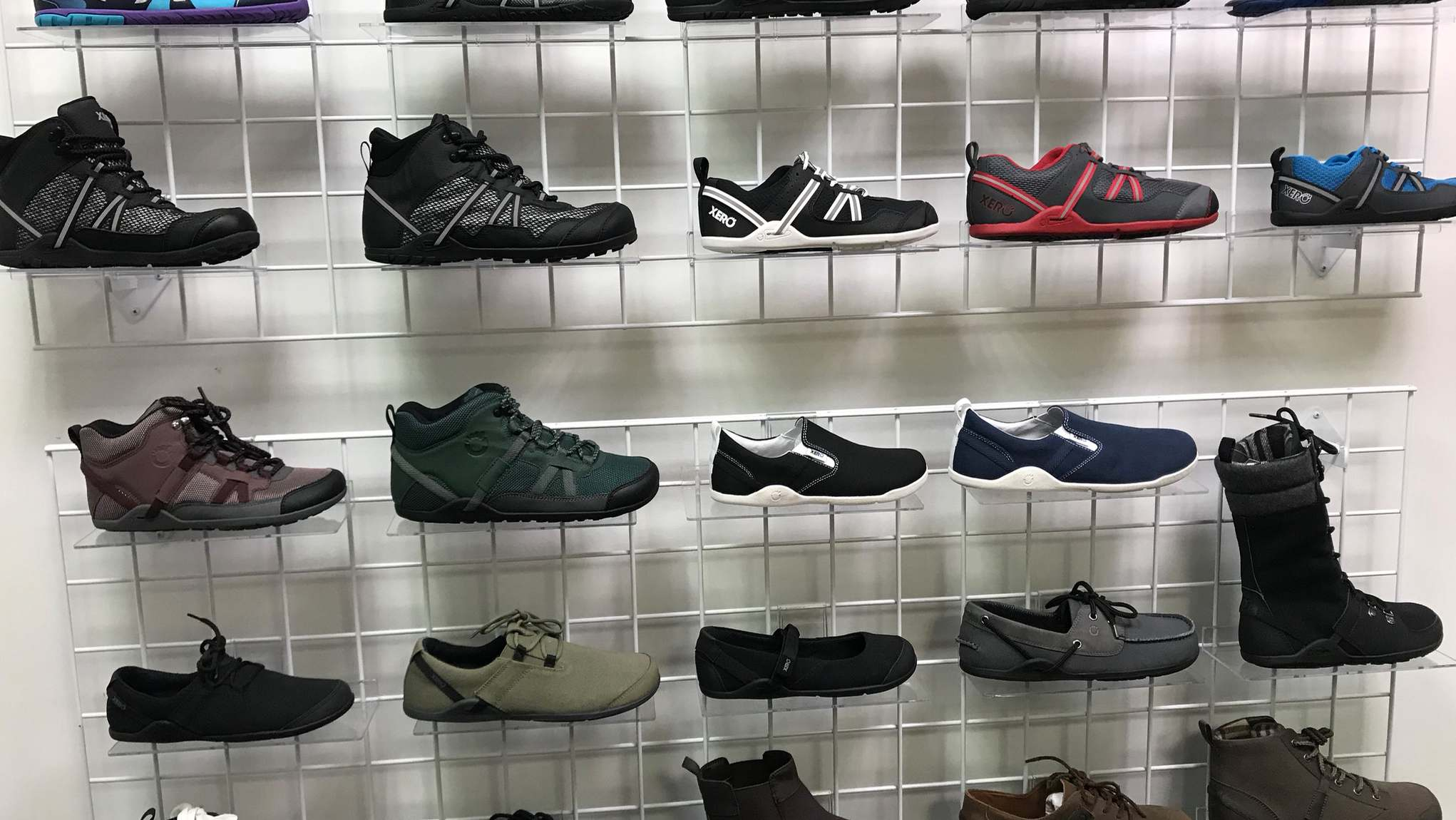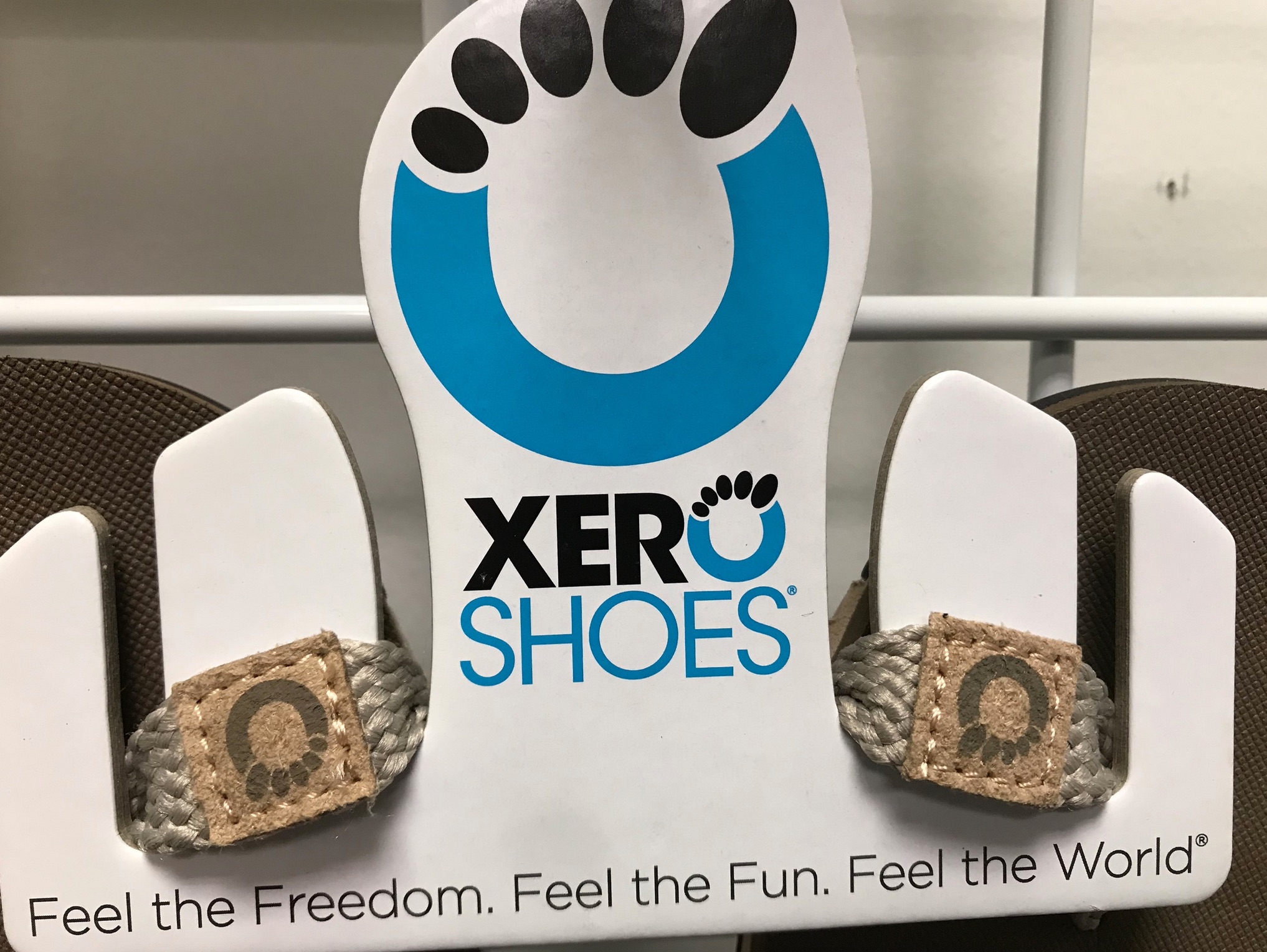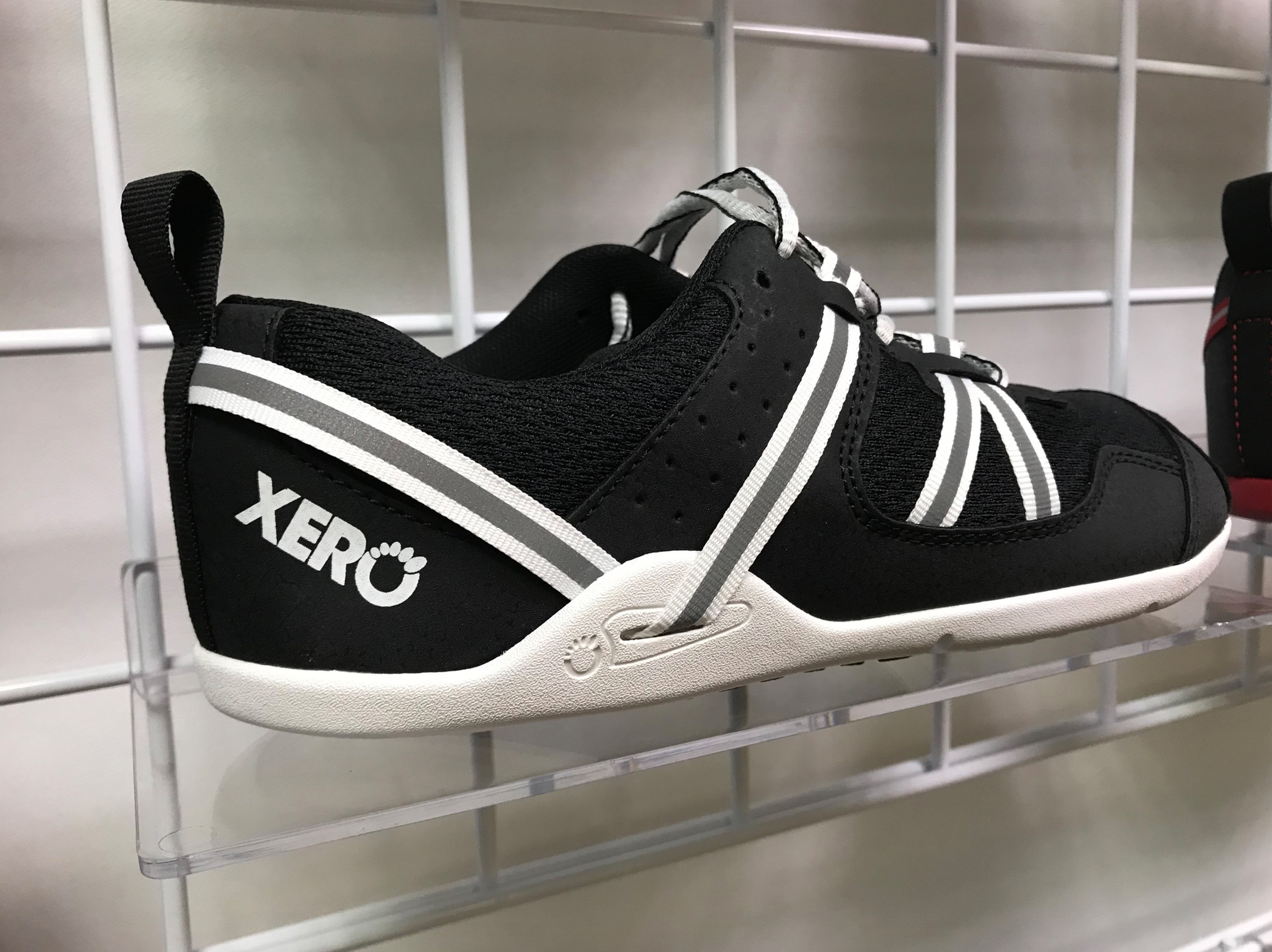
Steven Sashen sells running shoes and sandals from his home state of Colorado that are designed to be easy on the feet, which helps explain his company’s name: Xero.
“It really reflects the essence of what we’re doing, which is something so lightweight, so minimalist, so barely there that you don’t know that it exists,” said Sashen, CEO of Xero Shoes.
The same cannot be said for U.S. tariffs, which took effect September 1, hitting footwear for the first time. They have made his products 15 percent more expensive to import from China, where all of his shoes are made.
“It’s a big deal,” said Sashen, adding that the American footwear industry, spared in previous rounds of tariffs, is now scrambling to react to this one.
“Yeah, there’s a lot of people buying a lot of headache medication,” he said. “Basically people are panicked.”
Chronic foot injuries prompted Sashen, a sprinter, to create his shoes and start the company with his wife Lena Phoenix 10 years ago. Their 80-percent online business has taken off with 84-percent growth in the past four years.
But 2019 will be different. Earlier this year, Xero’s products sat in a California port for five weeks while other companies rushed their goods into the U.S. to beat the tariffs. Another delay cost Xero a month of revenue this summer, and now it’s become a tariff target.

“We don’t want to leave China,” insisted Phoenix, Xero’s COO, saying that one possible solution, which is uprooting the company’s supply chain, would take time and isn’t as easy as it sounds.
“Moving factories is very dangerous for a company of our size,” she said.
“People just say very casually well why don’t you move to Vietnam for example?” Sashen said. “Well because Vietnam is full. They’re overcapacity already.”
“The footwear manufacturing knowledge base in China is really high,” Phoenix said. They’ve thought about raising shoe prices in response to the tariff.
“We have a rabid fan base and many people say we’re happy to pay a few dollars more,” Sashen said, but added that “that’s what people love to say but when push comes to shove, people are very price conscious.”
“We’re going to hold our prices for as long as we can,” Phoenix said.
Xero joined forces with about 200 other footwear companies to write to President Trump last month, claiming the 15-percent tariff increase will cost U.S. shoe consumers 4 billion U.S. dollars this year and asked that the hike be rescinded.
With all of the trade unknowns, “It’s almost impossible to come up with a coherent strategy because of how in flux all of this is,” Sashen said.

Xero would like to come up with a long-term manufacturing plan.
“It forces you to step out of your comfort zone and be innovative and thoughtful about how to go forward long-term,” said Michael Wellman, Xero’s VP of Asia Pacific Development.
The company is hoping for near-term relief in the footwear industry, which was already relatively highly taxed even before the trade war picked up speed.
“There’s a part of me that’s still in denial, that hopes that it’s going to be resolved next month,” Phoenix said.